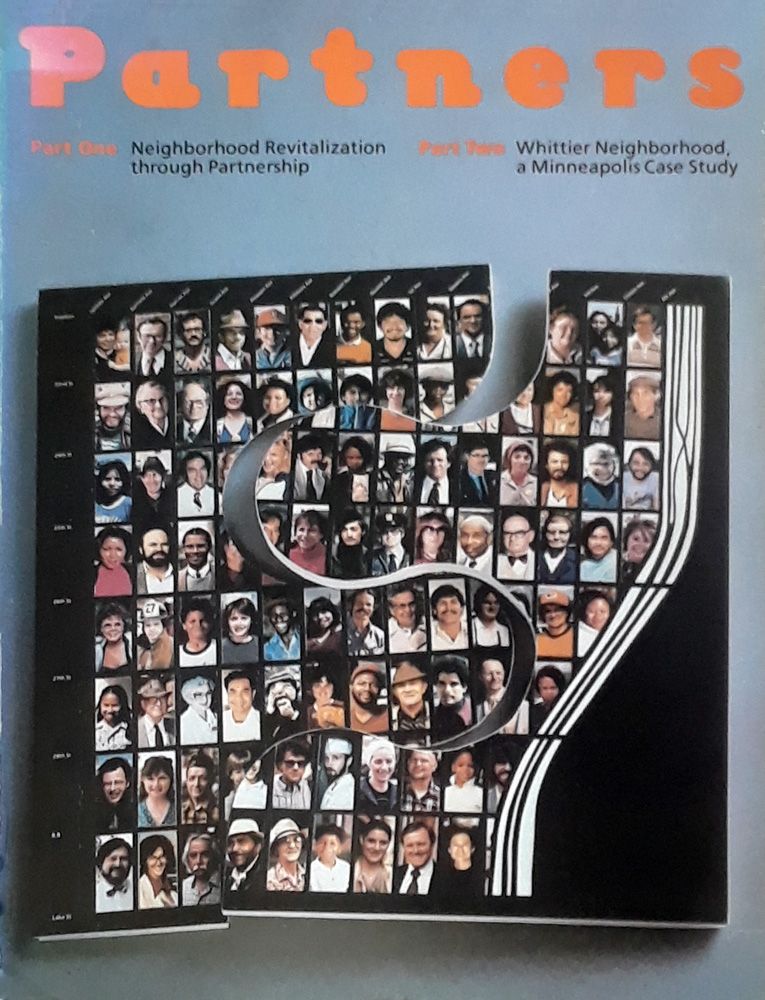If you go to the Amazon product page, be sure to watch the video.
Brad Tyer has written a revelatory, passionate, occasionally autobiographical, somewhat historical chronicle about the Clark Fork of the Columbia River, about a very small town named "Opportunity," about the human and planetary cost of extractive mining for metals, about the staggeringly high price of industrialization. Montana is one of the handful of the contiguous 48 United States I've never driven through or along the edge―never even alighted momentarily at a Montana airport on my way to another destination. However, before I read this book, I'd bought the "Big Sky" chamber of commerce image of a near-pristine, close to unspoiled Montana. This book changed my perspective and my awareness!
Had I simply not been aware of the violence Montana's mining history did to land and to people, did I not think of where so many mineral resources (copper, especially) needed for wiring Planet Earth for electrical and electronic aspects of modernization and industrialization originated? I don't know. I've seen Kennecott's enormous open pit copper mine that also yields substantial gold, silver, molybdenum, and sulfuric acid at Bingham Canyon, Utah; I've visited several Arizona mining sites; I've traversed Tennessee, Kentucky, West Virginia, and Pennsylvania, all with deeply conflicted feelings. Particularly contested feelings where earth has been turned inside outside, mountaintops sliced off, green hills stripped barren.
In the Jubilee text of the book of Leviticus we hear, "The land shall not be sold in perpetuity, for the land is mine; with me you are but aliens and tenants. Throughout the land that you hold, you shall provide for the redemption of the land." [Leviticus 25:23-24] here's Leviticus 25. I'm so sure... I am so sure .... proof texting with a snippet of scripture can be plain irresponsible, but can a violated, desecrated, and profaned land ever be redeemed, literally "bought back" and restored into healthy well-being?
"Opportunity was born so that Anaconda could live, and now it's dying for Missoula's sake." [page 217] We know all about that necessary and inevitable cycle of life – death – life – death – life... With "big copper" and "bad water" in the subtitle, this book – and this blog post – primarily are about the place of Opportunity and about the Clark Fork, a tributary of the Columbia that's a river in its own right, but, as author Tyer observes, aptly does not include "River" in its official name, since it's been treated more like a utensil than like a living part of nature. At the end of his book, Brad Tyer describes how redemption of the Clark Fork slowly and gradually is happening. Will a newly created river and riverbank have all the characteristics of its unspoiled, original state? No, but along with the surroundings it touches and influences, it will be livable for plants, wildlife, and people, and will form a prototype of what may be possible in other venues.
Reviews and publicity about this book have emphasized Tyer's interspersed accounts of his interesting but not atypical relationship with his late father, whose main life work was in municipal wastewater management, and to whom he dedicated the book. They didn't disrupt the broad scope of the book at all; in fact, I found them interesting. Who doesn't have stories about ways their parents' attitudes and behaviors have shaped their lives? My late grandfather was a Pennsylvania coal miner; more accurately, I am the granddaughter of a Pennsylvania coal miner, hence my interest in this book.
Any of Tyer's seven chapters would make an excellent serious magazine or journal article by itself: Headwater; Venus Rising; Red Harvest, Clark Fork; Opportunity, Revival; and Confluence. Opportunity, Montana is one of those rare books where almost every detail and description grabbed me. If you count mining, social or industrial history, environment, or future generations among your interests, consider reading Brad Tyer's Opportunity, Montana.
my amazon review: mining and a future for Montana






